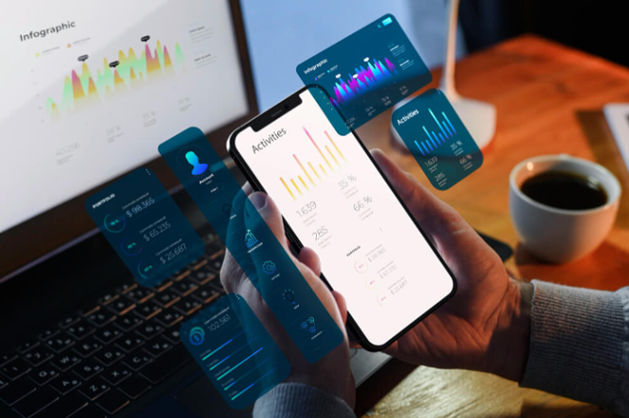
The Role of A/B Testing in Mobile App Optimization
A/B testing is a powerful method for optimizing mobile apps by comparing different versions of features or designs to see which performs better

© 2024 Crivva - Business Promotion. All rights reserved.